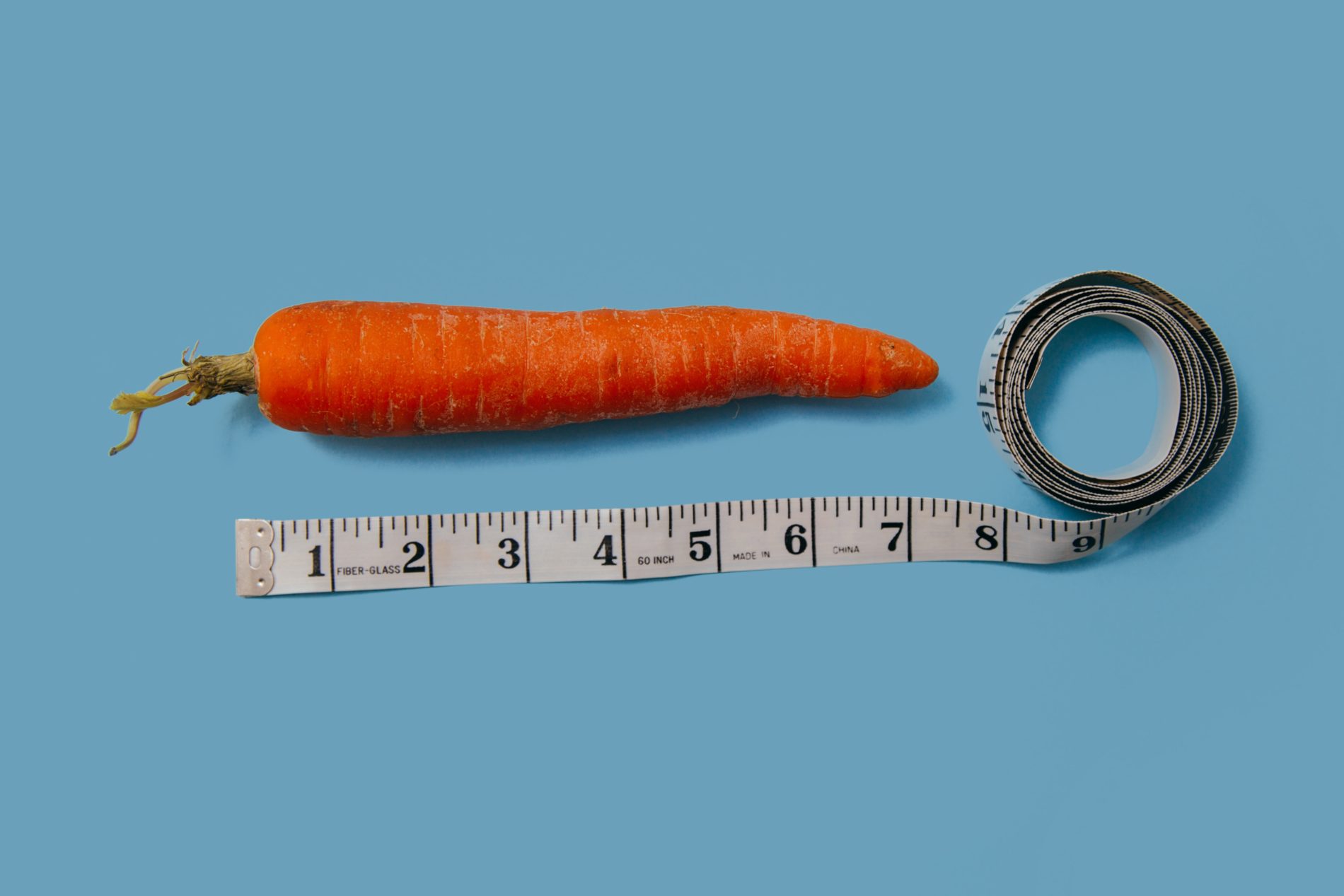Reducing the number of intermediaries between producers and consumers: what’s the difference? What’s in it for us?
Of course it makes a difference. Of course we gain enormously.
When we go to the supermarket, to the fruit and vegetable section, there’s something that seems normal to us, but shouldn’t be. All the oranges are roughly the same size, all the courgettes are the same colour, all the onions look the same. And yet, in nature, there are oranges that are larger or smaller, courgettes that are a little paler than bright green and onions that are huge and others that are tiny. Yes, they’re made by nature and, like us, they’re all different! What goes on behind the scenes in a supermarket? Cloning fruit and vegetables?
And no, science fiction fans be damned. What happens there is called grading. For each fruit and vegetable, there is a size, a colour, etc. that must be respected. Those that are too small or too big, too like this or too like that, will not be presented to consumers.
Fruit and vegetables must meet very specific beauty criteria. Here’s what a single apple must meet: its minimum weight must be “90g”, skin defects must not exceed “4cm in length for elongated defects” or “a total surface area of 2.5cm2 for other defects”. These characteristics have nothing to do with the nutritional value of an apple.
And what happens to produce that doesn’t meet these criteria? In 2019, an estimated 10% of fruit and vegetables were left in the fields after each harvest because they didn’t meet beauty standards, even though they are edible! Bypassing the supermarket and buying directly from the grower, who sells the whole harvest without worrying about grading, you reduce food waste. And from an economic point of view, the fruit and vegetables are cheaper than in the supermarket, and you’re supporting the grower.
Another advantage is the freshness of the food. Let me explain: in a supermarket there are obviously stocks. When you buy a vegetable in a supermarket, it is stored for 4-5 days. At the farmer’s, the vegetable is much more likely to be the same day!
And a fresher vegetable is a healthier vegetable. Once out of the ground (or picked from the tree, as the case may be), food oxidises. You can’t necessarily see it, but it loses precious nutrients over the hours.
But they have much less than freshly harvested vegetables. The same goes for cut vegetables and fruit: they oxidise and lose their nutrients even faster. Buy them whole and only cut them when you want to eat them.











What do you think?